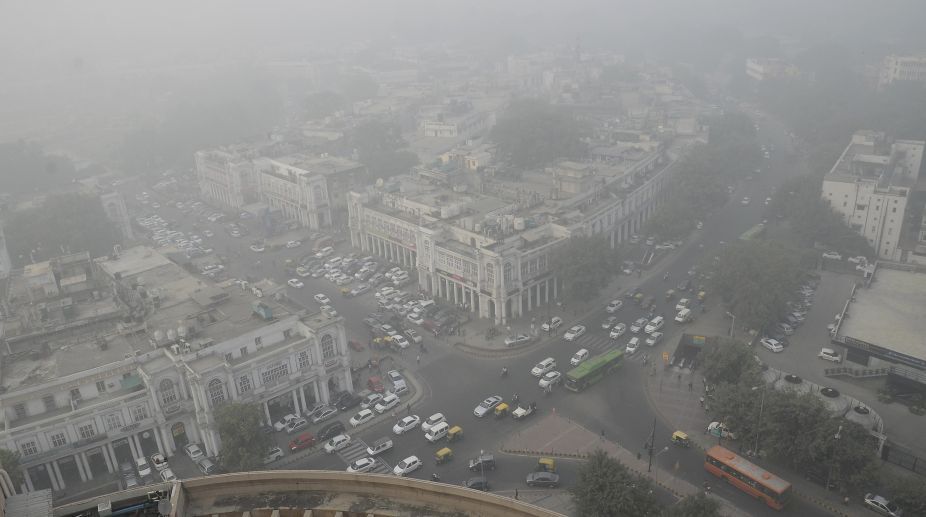Smog kills more than one million Indians every year and Delhi has the worst air of any major city on the planet, says the World Health Organization.
Every November, hospital wards start filling with gasping patients as a tell-tale greyish haze shrouds the city of 20 million.
Advertisement
“Delhi air is like a death sentence for him,” said Srinivas K. Gopinath, a thoracic surgeon at Sir Ganga Ram hospital in the Indian capital where 29-year-old Kumar was treated.
As cooler air traps pollutants close to the ground, Delhi’s levels of PM2.5 — particles so tiny they can enter the lungs and bloodstream — often soar to beyond 30 times the safe limit.
One of the worst times is around the festival of Diwali as smoke from millions of crackers set off by festive revellers mingles with car exhaust, factory emissions, construction dust and smoke from crop fires.
Pollution readings can reach so high they do not register on scientific instruments.
Children, the elderly and those with respiratory ailments like asthma suffer the most from Delhi’s hazardous smog, which does not lift until around late February.
Exposure to toxic air kills hundreds of thousands of children every year, the WHO said in an October report.
Children breathe more rapidly than adults, taking twice as much polluted air into their tiny bodies.
It has devastating effects on children in Delhi, say doctors who see it first hand.
“A child who is born in Delhi is taking in gulps of bad air which is equivalent to smoking 20 to 25 cigarettes on the first day of his life,” said Arvind Kumar, a prominent Delhi lung surgeon.
For years the surgeon has tirelessly campaigned to raise awareness about the dangers of air pollution, which the WHO last month likened to the tobacco epidemic.
Despite reappearing every winter, official efforts to combat Delhi’s smog have been ineffectual.
Emergency measures such as banning construction, cutting down traffic and prohibiting the use of diesel generators have had little effect.
More long-term solutions remain elusive. State governments have refused to cooperate on root causes of the crisis, such as farmers using fire to clear their land on the outskirts of Delhi.
People in Delhi woke up to a thick blanket of smog spread all across the national capital on Monday.
The air quality deteriorated with pollution level breaching the ‘hazardous’ category. The Air Quality Index (AQI) around Mandir Marg recorded PM 10 levels at 707 and PM 2.5 at 663. Jawaharlal Nehru Stadium and Major Dhyan Chand National Stadium recorded PM 10 levels at 681 and 676 respectively.
A thick layer of smog blanketed Rajpath early in the morning.
In a short-lived relief, Delhiites breathed easy on Sunday after air quality significantly improved due to increased wind speed and control measures implemented by the government.
The overall air quality index (AQI) on Sunday was recorded at 181, which falls in the ‘moderate’ category. In the morning it was 231, which falls in the ‘poor’ category, Central Pollution Control Board (CPCB) data said.
(With inputs from AFP)
